In the world of domestic performance cars, few vehicles are as iconic or influential as the Chevrolet Corvette and Ford Mustang. This, of course, is for good reason. The Corvette and Mustang are both as ingrained in American culture as baseball and apple pie. There is simply no substitution for either of these legendary American sports cars.
However, at the end of the day, there can only be one “true” American sports car, and for all intents and purposes, this is a title that the Corvette carries quite deservingly. Though the Mustang is quite formidable and revered in its own right, the Corvette continues to dominate sales floors, dynamometers, and drag strips alike, solidifying its place atop the hill.
But how, exactly, does the Corvette continue its trend of domination, and what does the Corvette offer that the Mustang simply cannot? Let’s take a closer look at each and find out.
The Corvette’s Legendary Roots
The Corvette and Mustang have both been a mainstay of American automotive culture for quite some time. The Corvette first hit sales floors in 1953, while the Mustang was initially conceived during the latter portion of 1964. Ironically, the Mustang was greeted with a much warmer initial reception than the Corvette.
Almost immediately upon its release, the Mustang was the recipient of immense fanfare. The Corvette, on the other hand, narrowly escaped discontinuation at the hands of lackluster early sales. So why does the Corvette still manage to edge out the Mustang in this category?
Luckily, these early growing pains were easily overcome with the issuance of a new V8 powerplant and the implementation of heightened quality control standards. Soon, the Corvette was off to the races, selling better than top GM brass had initially expected.
While the Corvette now sells without exception, the Mustang routinely posts higher year-by-year sales totals. However, it is often argued that this trend is the direct result of each vehicle’s average sales price. To be fair, the Mustang’s average retail price is more on par with that of the Chevrolet Camaro than the Corvette, making the Mustang somewhat more affordable to the masses. Sales figures are largely reflective of this point.
The Corvette’s Racing Pedigree
The Corvette and Mustang both have logged their fair share of success on the track at one time or another. Initially, the Mustang saw a greater deal of track time, largely due to Carroll Shelby’s intervention. Meanwhile, the Corvette remained sidelined from racing during the same era, at the insistence of GM management to comply with the AMA’s ban on factory-backed racing.
However, in the modern era, the Corvette has proved far more dominant in the world of sanctioned racing. The Corvette Race Team has been extremely successful and widely celebrated over the past several decades. In fact, the Corvette Race Team logged its 100th overall win in IMSA (International Motor Sports Association) competition in 2020.
Much of the same engineering implemented in the development of the Corvette Race Team’s rolling stock is also employed in the design of production Corvettes. In fact, the C6 Corvette’s design was heavily influenced by lessons learned while on the track.
The Corvette’s Dominant Performance
The single most significant advantage the Corvette carries over the Mustang is in regards to performance and total output. The Corvette has always been, and continues to be, the most potent of all domestic sports cars. In many regards, the Corvette always seems to be a single step ahead of its pony car brethren when it comes to performance.
In 1964, the year of the Mustang’s initial release, the Corvette, motivated by its base 327 CI V8, produced 250 horsepower. Meanwhile, the Mustang’s 289 CI V8 churned out only 210 horsepower. The most powerful ‘Vette model of the same vintage was capable of dishing out 375 horsepower.
Even during the 1970s, when engine production suffered at the hands of newly implemented emissions standards, the Corvette still produced significantly more power than the Mustang. In 1975, for example, the Corvette in its base form produced 165 horsepower. Meanwhile, the most robust Mustang offered during the 1975 model year yielded an output of only 140 horsepower.
This trend continues today, as the Corvette routinely outperforms the Mustang, if only by slim margins. The 2020 C8 Corvette dishes out 490-495 horsepower, overshadowing even the formidable Mustang of the year, Ford’s special-edition Bullitt model, which itself produced 480 horsepower. This performance gap is only likely to increase, upon the eighth-generation Z06’s release in 2023.
Likewise, the Corvette is also widely regarded as the most balanced domestic sports car currently available. Recently, the Corvette has become the recipient of an optional Magnetic Ride Control system, which automatically adjusts to various road conditions, providing a seamless driving experience. While the Mustang is certainly no slouch in the handling department, it can hardly compete with the Corvette in such regards.
The Corvette’s Unparalleled Dominance
The Corvette has always served as America’s sports car, taking on a legendary persona all its own. While the Mustang is no less desirable because of this fact, Ford’s iconic pony car routinely falls short of the Corvette in almost every statistical category, except for overall sales. Even then, the Mustang’s higher sales volume likely stems from its more modest pricing.
At the end of the day, the Corvette is a classic part of Americana itself, dishing out thrills at every turn. There are few, if any, arenas in which the Corvette is not the most dominant of all domestic sports and performance cars, lending credibility to the notion that the Corvette really is king.


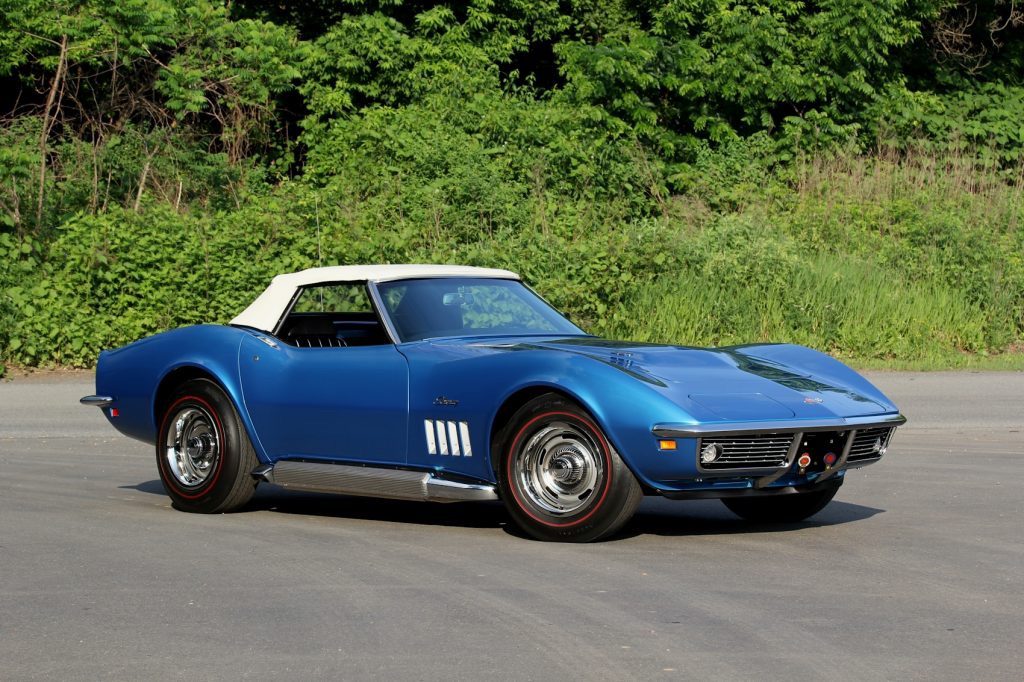
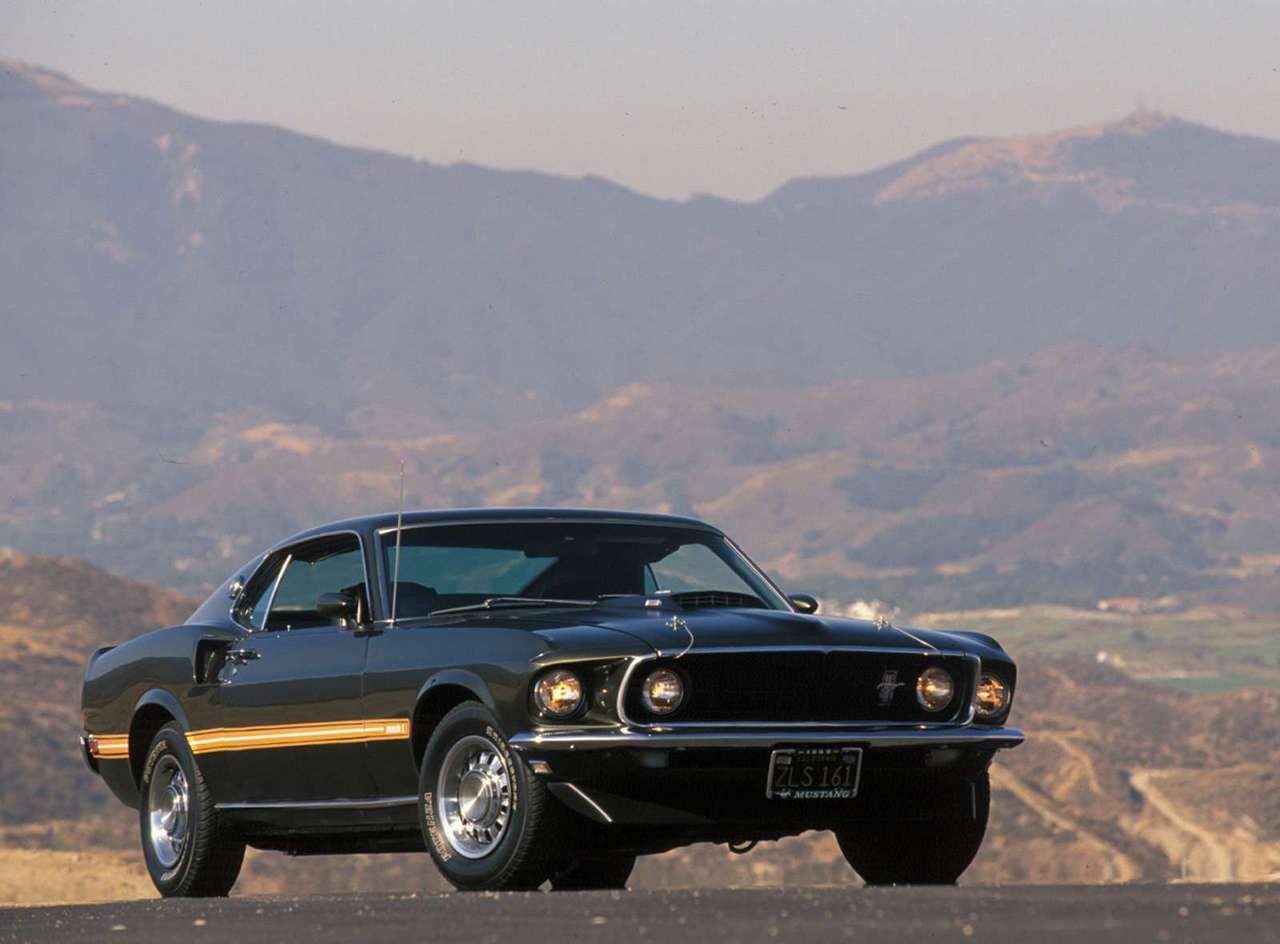
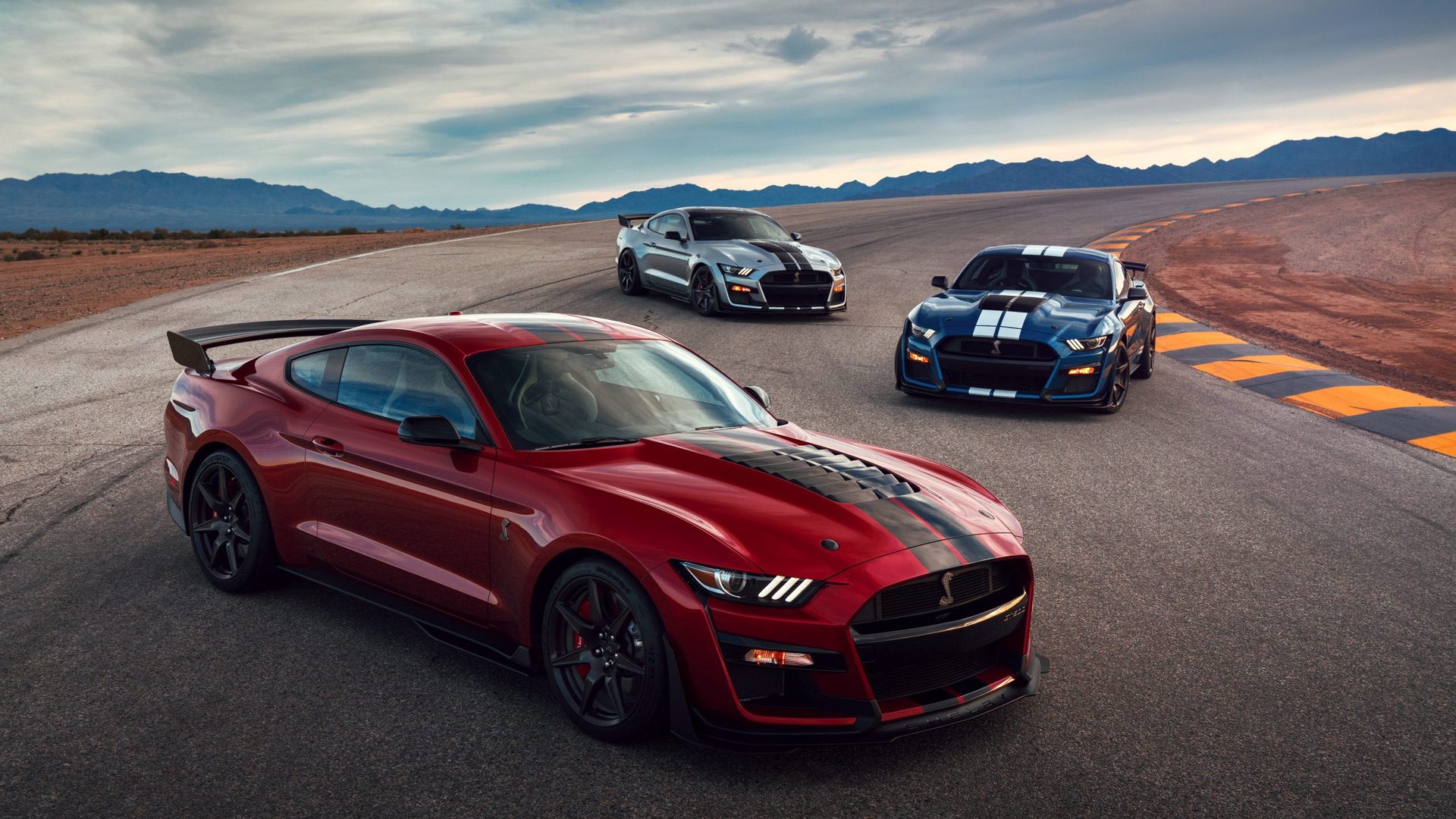
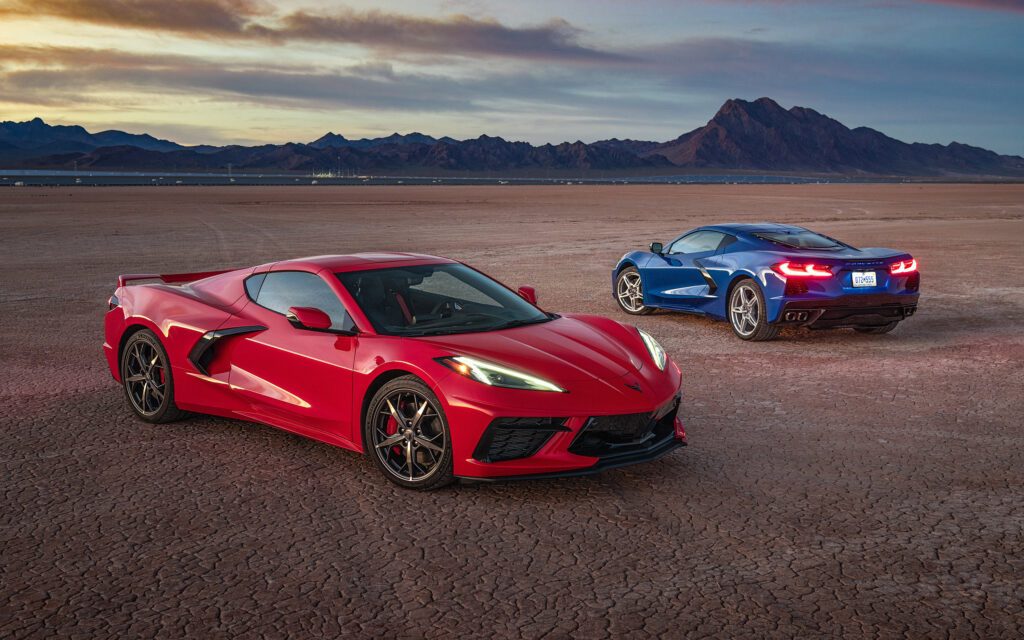


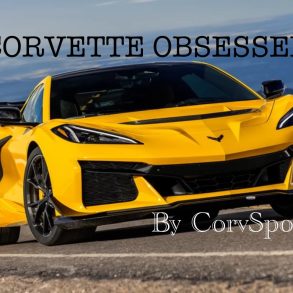

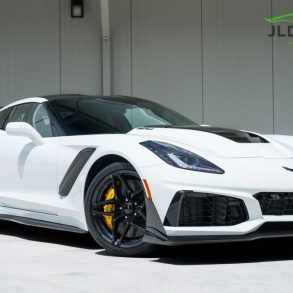




No matter your choice or preference, it’s nice to see both on the street…if money were no issue I’d go with the ‘Vette, but that Mustang can be a formidable pick, certainly no slouch…I still gladly watch chase the chase scene in Bullitt but a ‘Vette still has that innate swagger and class that always seems to make people take a second look…
Comparing a Corvette to a Mustang is like comparing a Corvette to a Lamborghini or Ferrari.
Now, if you compare a Camaro to a Mustang that is apples to apples.
That article would be more accurate.